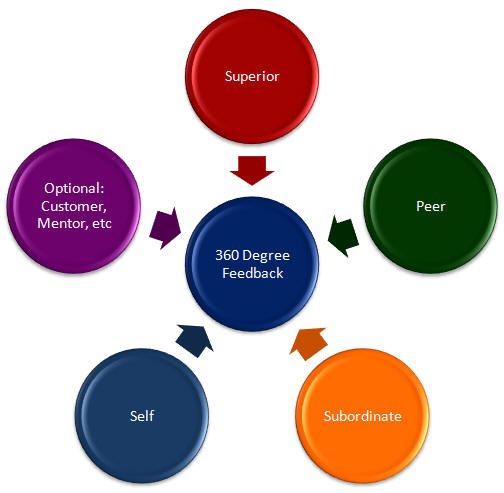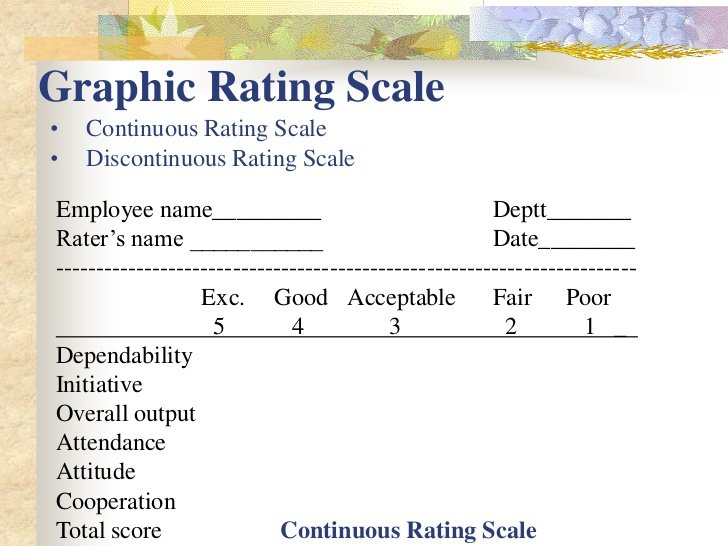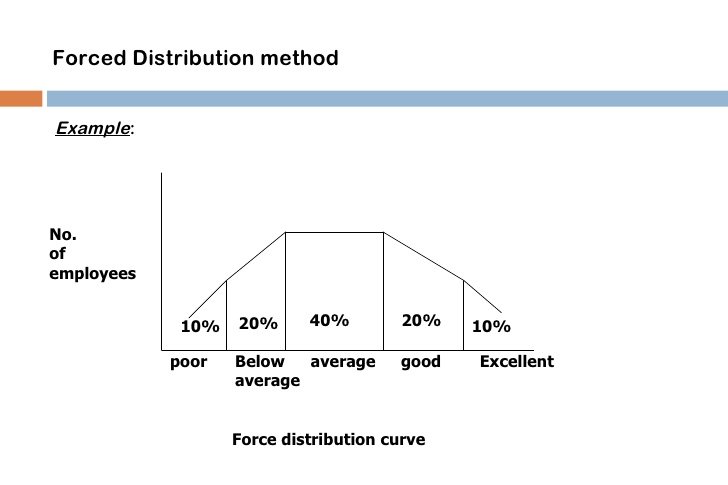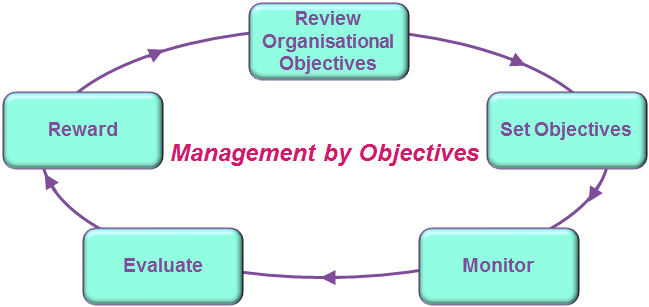Performance Appraisal Process, Tips and Tools
Performance appraisal is the objective assessment of individual’s performance in a systematic way in order to fix the salaries and wages and also to perform several HR functions like training and development, compensation management, career planning etc,
It is the process by which organisations evaluate job performance and to help the employees understand their roles, objectives, expectations, and actual performance.
Performance appraisal is a part of performance management; it is the heart of performance management. It serves as a support system for the management of the employees and the organisation.
Factors affecting performance appraisal:
Content of the appraisal:
Performance is measured on the basis of the various factors may vary from job to job and organisation to organisation. In general, some of the factors are as follows.
Job knowledge
Technical skills
Communication skills
Leadership skills
Punctuality
Ability to take timely decisions
Ability to take responsibility
Ability to work with others
Acceptance by subordinates
Initiative
Creativity
Integrity
Co-operation
Supervision
Honesty
Who will appraise?
Selecting the right people as appraisers play a key role in the success of the performance appraisal process and the possible people who can be used as appraisers and 3600 performance appraisal system is discussed below.
3600 performance appraisal system:
3600 performance appraisal is the most popular method and it eliminates several errors. In this method, all the stakeholders give their opinion about the performance of an employee, which completely eliminates the possibility of any biases. Various stakeholders used in 3600 performance appraisal system are listed below.

Superiors:
Superiors play an important role in the entire performance appraisal process; their thorough knowledge about the job, interaction with the subordinate, and the accountability for the subordinates’ performance make them show a keen interest in improving the performance of the subordinates.
Peers:
Nowadays jobs are becoming more interdependent, so peers are also becoming a part of the appraisers. Peers have the opportunity to regularly interact with their colleagues and observe them very closely, so they can act as good appraisers. Peers must also be trained to avoid biases and subjective judgement.
Subordinates:
To determine the competency of the superiors, subordinates rating are very important. Confidentiality must be maintained about the information given by the subordinates.
Self-appraisal:
The self-appraisal process enables employees to provide reasons for the superior as well as inferior performance. Judging their own performance motivates the employees to perform in a better way.
Customers:
Performance depends on the ability to meet the expectations of the customers, so customers can be better judges of the employee performance.
When to appraise:
The period of appraisal process varies from job to job and organisation to organisation, normally it may be six months to one year. It is advisable to conduct the regular performance appraisal and feedback highly reduces the errors in the employees’ performance.
Objectives of performance appraisal:
Performance appraisal is a process used for various important applications in the organisations. They are as follows.
Administrative Objectives:
- To make decisions related to promotions
- To make decisions on employee transfers
- To make decisions related to employee retention and terminations
Developmental Objectives:
- To provide feedback to employees
- To determine the strengths and weaknesses of employees
- To recognize and reward
- To help employees in order to reach the goals
- To improve the performance
- To identify the training needs
HR Planning:
- For HR systems evaluation
- Organisational goal identification
- Organisational goal achievements
- Identifying training needs
Documentation:
- To take HR decisions
- To fulfill legal requirements
Process of performance appraisal:

Establishment of performance standards:
On the basis of job analysis and job description, performance standards are established. Performance standards always contribute to the organisational goals.
Communicating the performance expectations:
Employees should have clarity about performance expectations. Most of the employees work on the basis of these performance expectations only. Communicating performance expectations to the employees give clarity about what they have to do.
Measuring the actual performance:
Measuring the actual performance is the key step in the entire performance appraisal process. Modern organisations are using various tools to measure the employee performance. But employees should know about the methods that the organisations are using. Tools which are used to measure the performance are as follows.
1. Graphic rating scales:
Graphic rating scale method is very simple and easy to administer. It consists of the continuous order of numbers from 1 to 5 where 1 may represent the lowest rating and 5 represent the highest rating. Various factors related to performance expectations like the quality of work, technical skills communication skills, knowledge, initiative, creativity, etc of an employee are given ratings from 1 to 5 as discussed above. Depending on the total score gained by the employee, his or her performance is determined.

2. Ranking method:
Employees belonging to the same work group are ranked in this method. Here the same work group is ranked from best to worst depending on various characteristics. The employee who is 1 is the best and the 20 is considered as the poorest performer. Care must be taken to avoid biases in this method.
3. Paired comparison method:
Paired comparison method is a time-consuming method. It is suitable for the organisations those who have less number of employees. In this method, appraisers compare the performance of the employee with all other employees of the same work group.

If there are three employees W, X, Y, Z in a group, then W is compared with X, Y and Z separately. Then X is compared with Y, Z and so on. Here the number of comparisons required is equal to N [n-1] / 2, where N is the total number of employees. If there are 20 employees in a work group, it requires 190 comparisons.
4. Forced distribution method:
In order to avoid the errors in the graphic rating scales method, forced distribution method is developed. Here, appraisers can rate employees high or low and they have to distribute ratings in a pattern to conform to normal frequency distribution. This method consists of various categories like excellent, good, average, below average and unsatisfactory. But the major drawback of this method is that the groups do not reflect a normal distribution of individual performance in all the circumstances.

5. Checklist method:
Checklist methods are of three types

a) Simple checklist;
In simple checklist method, the appraiser has to simply tick yes or no regarding the performance standards. It is simply to state whether the employee’s performance conforms to the statement or not. The overall rating of an employee is the number of positive ratings the employee gets.
b) Weighted checklist:
Similar statements like simple checklist are used but some of them are more important. For each statement,coefficients are taken into consideration and overall rating is calculated. So an important performance indicator may be given higher weight.
c) Forced choice method:
In this method, the appraiser has to choose from the statements that appear equally favorable or equally unfavorable. Here the appraiser has to select among the alternatives and hence it is called the forced-choice method.
6. Critical incident method:
In critical incident method employees are assessed on a continuous basis and are observed throughout the rating period and assessed. Based on the observations superiors record the critical incidents of the employees to give ratings. The critical incident method is applied only when the superior has time to observe the performance of the employee on a continuous basis.
7. Essay appraisal method (or) Free form method:
During the rating period superiors have to write a short essay describing the performance of each employee. The essay describes the overall performance, strengths and weaknesses also. In this method, the superiors have to spend more time to write essays for all his or her subordinates and also they must be skillful in writing essays on performance.
8. Behaviorally anchored rating scales (BARS):
Behaviorally anchored rating scales (BARS) were developed by Smith and Kendall. This method combines the elements of traditional rating scales with the critical incident method. Here effective and ineffective job behaviors are described more objectively. The process used in behaviorally anchored rating scales (BARS) consists of the identification of around 5 to 10 performance dimensions for each job category and are anchored with positive and negative critical incidents. On the basis of rating for all these dimensions, overall performance is calculated.
9. Management by objectives (MBO):
In 1954 Peter Drucker proposed management by objectives and originally it was not proposed as a method of performance appraisal. Later many organisations are using this method to evaluate. In this method, both superiors and subordinates set key tasks of the subordinates and finally superior counsels the employee if there are any errors in the performance.

10. Assessment centers:
Employees from various departments are brought together for working on an individual or group assignment and experts and appraisers observe the employees’ performance and rank then in order of merit.
Comparing the actual performance with the expected performance:
Comparing the actual performance with the expected performance is to note the deviations in the actual performance from the set standards.
Providing feedback:
Discussing the appraisal with the employee avoids confusions about the performance appraisal process. It motivates the employees to perform in a better way.

Taking the necessary corrective actions:
Most important step in performance appraisal process is taking the necessary corrective actions to improve the performance.




